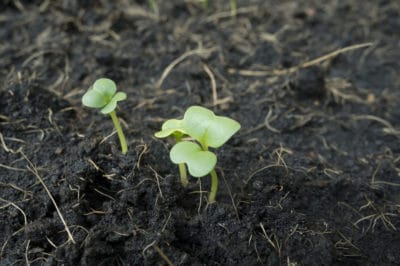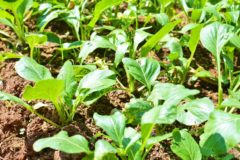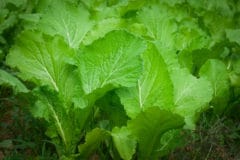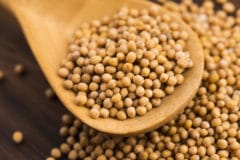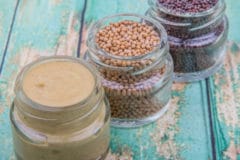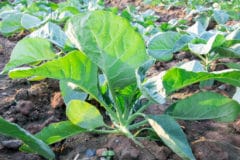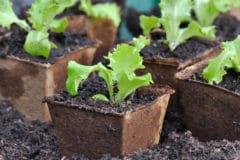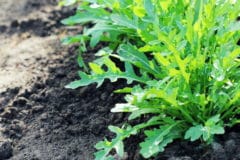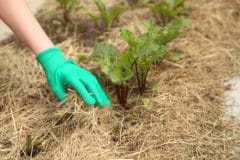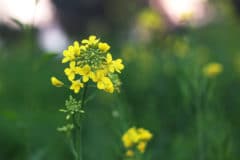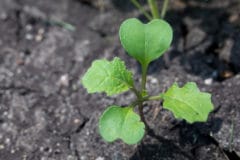Cool Season Crop
Mustard prefers temperatures below 80°F (26.6°C). For this reason, it is most often planted in the cooler seasons of spring and fall. Plants exposed to heat will bolt and go into a flowering phase without producing greens.
Spring Planting
Outdoors mustards can be planted 3-4 weeks before the last frost in your region. They will germinate even in the cold weather. Mustards are ready to harvest within 35-45 days after planting. You can extend this harvest season by planting every two weeks throughout the spring and fall seasons.
High summer heat may keep mustard plants from growing healthy. In a mild climate, you may be able to plant straight through the summer. Here are a few techniques for preventing bolt during the heat:
- Plenty of water
- Mulch to keep roots cool
- Afternoon shade
In a Greenhouse
If you are really eager to get started growing greens or have a very short growing season, you can extend it even further by germinating seeds in a greenhouse. Plant mustard anytime of the year in a greenhouse that is maintained to at least 40°F (4.5°C).
In cold climates, farmers often cultivate mustard throughout the winter in greenhouses or row tunnels. It can also be germinated in the fall and left in the ground through the winter as a cover crop.
It is possible to sow mustard seed into containers and transplant into the garden but not advised. Since this plant grows so fast, it’s not always worth the setback that transplanting can cause. Get the fastest growing and healthiest plants by sowing them directly in the ground or leaving them in containers for the entire lifecycle.
Fall Planting
Plant fall mustard greens in mid to late summer when the temperatures begin to cool. The heat initially will help the seed germinate quickly, and the cooling weather will keep the plant from bolting. Sometimes fall crops can take up to twice as long as spring crops. Cold weather can slow the plant growth almost entirely.
Farmers will often leave fall mustard crops in the ground to over-winter. This way they protect the soil from erosion and can be cut or tilled in the spring adding nutrients to the land.
